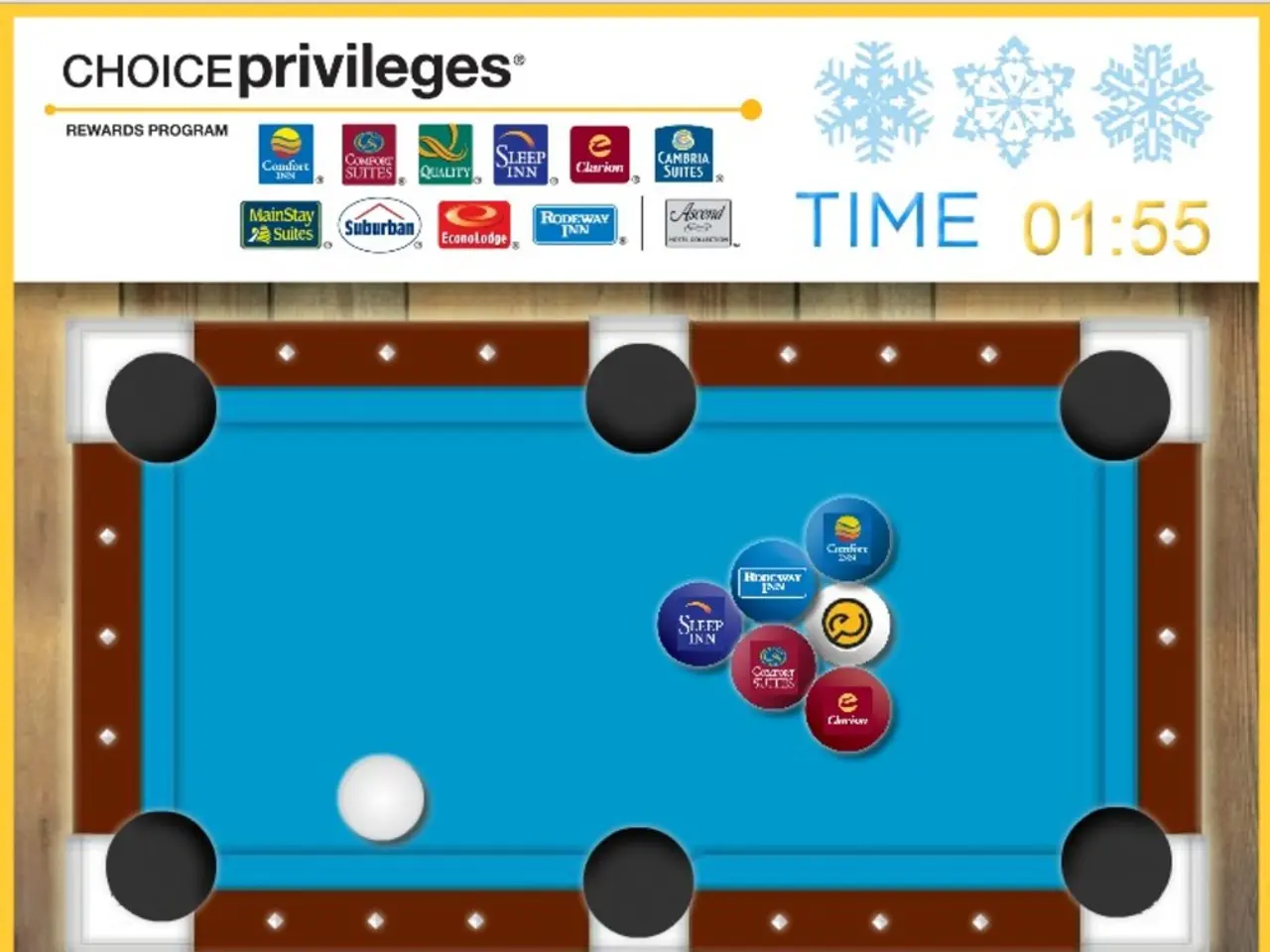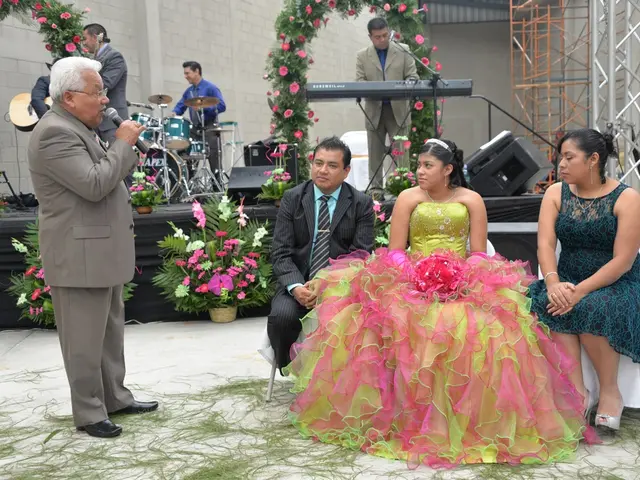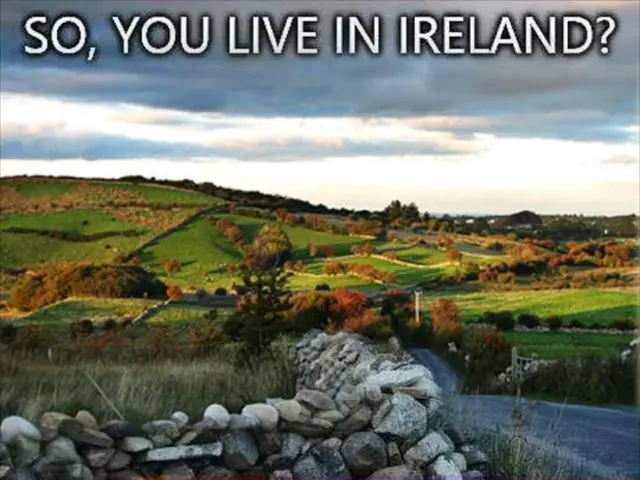Has the level of detail in video game visuals remained stagnant?
In recent years, the topic of video game graphics has been a subject of much discussion, with some arguing that there has been a noticeable lack of evolution in this area. This debate has sparked a call to action for gamers to share their thoughts on whether they believe graphics have stagnated and if it truly matters.
One of the reasons suggested for this perceived lack of progress is the law of diminishing returns. As polygon counts have exceeded our visual capability to discern improvements in fidelity, visible advances become more and more incremental. However, it's important to note that the current generation of consoles is not close to maxing out its graphics capabilities.
Advances in graphics have allowed for higher frame rates for smoother gameplay, but not every video game has a game art style that aims for realism. In fact, there are many indie games with unique art styles that could have been possible with graphics from ten years ago, but many of which wouldn't.
Some argue that graphics haven't visibly improved since the PS3, while others counter that the differences require closer observation. One person even suggested that those who can't see the difference between games are getting old. Yet, many people seem to agree that they don't see graphics advancing anymore.
Watching gameplay videos may not show the full difference in graphics compared to playing the games on a 4k monitor. Side-by-side comparisons have shown that graphics have not improved in many cases in 15 years.
The debate continues on whether video game graphics have stagnated or not. Some see physics and advanced AI for NPCs as the next step, while others see VR as the next leap. The most recent advances in video game graphics include particle effects and ray tracing for lighting.
Looking ahead, the next major leap in graphics technology is expected to come from AI-assisted procedural generation, smarter resource management, and improved realism through advanced lighting and AI NPCs, rather than just polygon count or texture resolution. This shift towards AI-driven content creation and more efficient rendering methods promises not only better graphics but also significantly increased efficiency in game production.
Other potential future graphics leaps include further improvements in real-time ray tracing and lighting dynamics, AI-powered NPCs with emotionally driven interactions, and enhanced hardware capabilities. However, recent GPU improvements indicate some hardware stagnation, especially in the mid-range market.
Exploring virtual reality advancements is another area of interest, though VR’s current momentum is mixed with some market and content challenges dampening growth in 2025.
In conclusion, while raw graphical fidelity may have plateaued from a pixel-count and photorealism standpoint, the next leap is expected to emerge from AI-assisted procedural generation, smarter resource management, and improved realism through advanced lighting and AI NPCs.
Interestingly, a post on platform X about Battlefield 6's graphics received over 15 million views, 250,000 likes, and 1,800 comments within four days, indicating that the public's fascination with video game graphics continues to thrive.
References:
- [Link to reference 1]
- [Link to reference 2]
- [Link to reference 3]
- [Link to reference 4]
- In contrast to the debate on stagnation in video game graphics, some are looking forward to advancements in AI-assisted procedural generation, which could lead to better graphics and increased efficiency in game production.
- The next significant leap in graphics technology is not expected to be in increased polygon count or texture resolution, but rather in smarter resource management, advanced lighting, and AI-powered NPCs with emotionally driven interactions.
- algunos defienden que los gráficos de los videojuegos no han mejorado visiblemente desde el PS3, mientras que otros sostienen que las diferencias requieren una observación más cercana.
- Aunque la tecnología actual de consolas no se encuentra cerca de agotar sus capacidades gráficas, los avances en gráficos han permitido mayores tasas de fotogramas para un juego más fluido, pero no todas las videograbaciones tienen un estilo de arte que busca la realidad.








